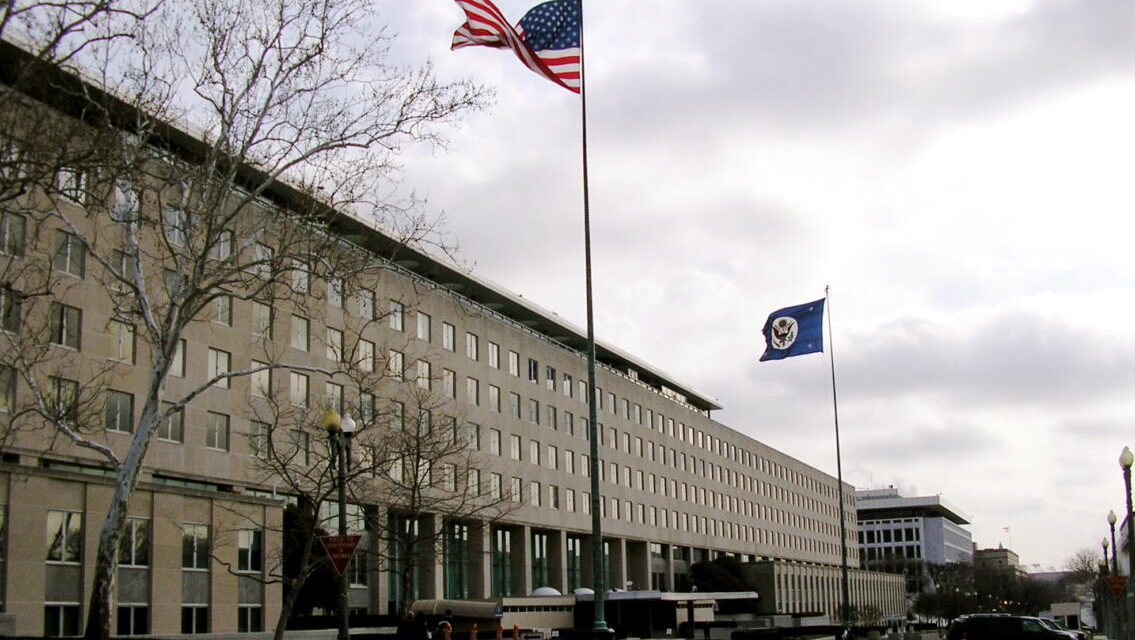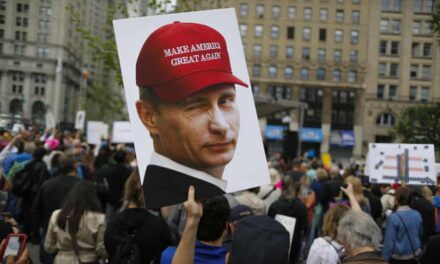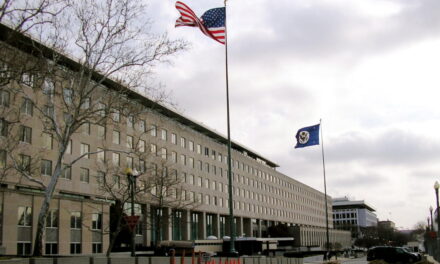Masterplan developed by Shimon Peres, use of French nuclear technology, engineers and design; heavy water delivered by Norway and with funding from US sources. One of many US intelligence failures …
How Israel Hid Its Secret Nuclear Weapons Program
Politico Magazine | by Avner Cohen and William Burr |What was a breakdown of U.S. intelligence was a tremendous counterintelligence success for Israel, providing precious time for the highly vulnerable Dimona project. Had the United States discovered Dimona two years earlier–even a year earlier–the young and fragile undertaking might not have survived the weight of U.S. and world pressure generally.
This article, recounting the Dimona discovery and its implications, is based on a special collection of declassified documents published on Wednesday by the National Security Archive, the Nuclear Proliferation International History Project, and the Center for Nonproliferation Studies of the Middlebury Institute of International Studies at Monterey.
The Israeli Decision and Lapses in U.S. Intelligence
The Americans were truly surprised by the audacity of the Israeli nuclear project. Soon after Prime Minister Ben-Gurion came to power in 1955 he launched a secret initiative to determine whether, and how, Israel could build a nuclear infrastructure to support a national program aiming at producing nuclear explosives. A senior defense official named Shimon Peres took charge of the project. Within three years, he did the almost impossible–transforming the idea of a national nuclear program from a vague vision into a real technological achievement. Unlike the chair of the Israeli Atomic Energy Commission (IAEC), Professor David Ernst Bergmann, who preached self-reliance, Peres’s overall philosophy was that Israel must not and could not reinvent the wheel–it had to focus on finding a foreign supplier who could provide the most comprehensive nuclear package possible suited for a weapons-oriented program.
By 1958 Peres had drawn up the project’s master plan: France would be the primary foreign supplier of the reactor and related technology, Norway would provide the heavy water and possibly be the backup plan, and the United States, through a small peaceful package, gathered under Eisenhower’s “Atoms of Peace” program, would serve as the camouflage for the whole project–mostly as a way to conceal the Dimona project from the United States itself. The camouflage was the U.S. “Atoms for Peace” -financed 1 MW light water “swimming pool” reactor at Nachal Soreq.
Yet the United States had inklings that Israel was up to something. In 1958, a U.S. diplomat in Tel Aviv learned from a conversation with Bergman that the Israelis had a reactor project underway. But no one followed this up. The next year, in mid-1959, Richard Kerry (father of the future Secretary of State John Kerry), a political officer at the U.S. embassy in Oslo, learned that Norway was selling to Israel 20 tons of heavy water, a key ingredient for the Dimona reactor..
The dilemma the Eisenhower administration faced after the discovery of Dimona in December 1960-January 1961 would endure for the entire decade. From then on, three successive U.S. administrations–under presidents Kennedy, Johnson and Nixon–would have to deal with it as well. President Kennedy chose the toughest path of struggle and confrontation in his effort to check the program; President Johnson realized that the U.S. had limited leverage on the issue and planted the seeds of compromise and looked the other way; finally, in a bargain with Prime Minister Golda Meir, President Nixon accepted the Israel’s de facto nuclear status as long as it stayed secret–a controversial and unacknowledged deal that remains in place effectively through the current day.





